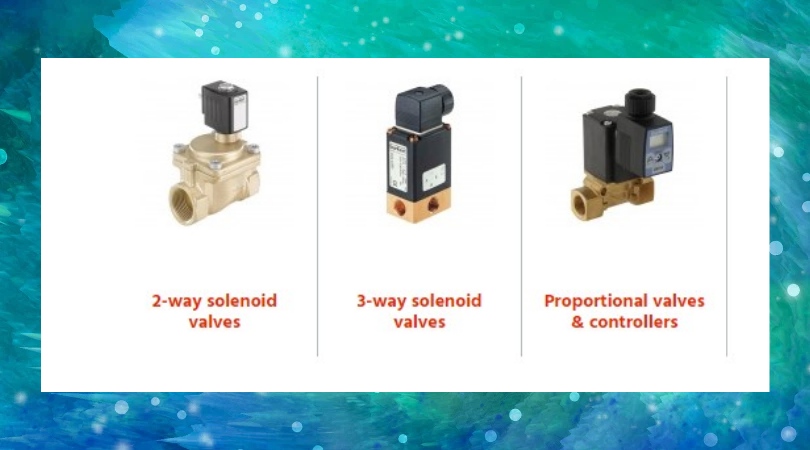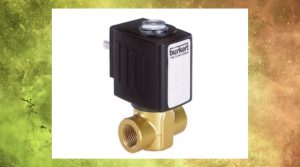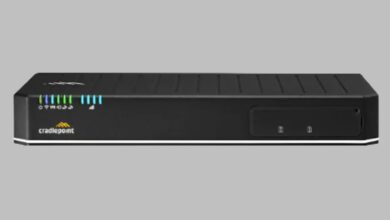Fridge’s Water Valve – Your fridge’s water inlet valve is a device that allows water to enter into your refrigerator. It’s located at the bottom of the refrigerator and can be accessed by removing the kickplate. The water inlet valve regulates how much water flows into your refrigerator’s ice maker and water dispenser.
If you’re having issues with your water dispenser or ice maker, this is one important element you should check. But before we look at how to test or even replace a faulty water inlet valve, let’s first understand the different types of valves in your fridge system and their basic working principle.
Table of Contents
Other Valves Used in Refrigeration Units:
Besides the water solenoid valve used to control water flow into your fridge, several other valves are used in refrigeration units. The type of valve to use depends on the application, the environment, and the material being handled. Some valves used inside a refrigeration unit are also found in HVAC-R systems. They are designed to maintain certain pressure and temperature levels, allowing the system to operate efficiently.
HVAC-R stands for “heating, ventilation, air conditioning, and refrigeration.”
This system is common in commercial and business buildings and can also be used in residential homes (walk-in fridges and freezers). An HVAC-R system includes many components that work together to provide proper climate control. The main parts of the HVAC-R system include a compressor, evaporator, condenser, and expansion valve.
Solenoid Valves for HVAC-R:
Solenoid valves used in HVAC-R systems and refrigeration units help control the flow of fluids and refrigerant gases. A solenoid valve is a special type that uses an inductive coil to open/close an opening in the flow path. These valves are used in many settings and can be found in refrigeration systems, heat pumps, and air conditioner units.
A typical solenoid valve consists of three parts: an electrically-powered coil, a plunger, and a diaphragm or seat. A power source energizes the coil. When current flows through this coil, it causes an electromagnet to attract a plunger that opens or closes an opening through which fluid can pass. When no current flows through the solenoid valve’s coil, the plunger will automatically return to its original position due to spring pressure from within the device itself.
Testing and Replacing Your Fridge’s Water Valve:
If the water dispenser or ice maker is not working or there are pools of water around the fridge, your water inlet valve may be faulty. Consider calling in a qualified technician if you don’t have the technical skills or tools to test your fridge’s water inlet valve. That said, here are the steps to follow:
- Turn off the water supply and the power to the unit at the main electrical panel.
- Remove the lower kick plate and locate the water inlet valve. It will be located close to where your cold-water supply line enters your refrigerator. The water inlet valve looks like a small plastic cylinder with a hose attached to it and a wire harness plugged into its top.
- Unplug this hose from its connection on top of the water inlet valve, then open up its cover by turning it counterclockwise. Be careful not to break anything while doing this. You may need an adjustable wrench for this step if there isn’t enough room for your hands; if so, wear protective gloves.
- Use a multimeter to check the electrical continuity of your water inlet valve. Typically, set the multimeter to the lowest resistance (Ohms). If using an analog meter, bring the two metal probes together to zero out.
- Test your valve by touching one probe to each terminal. Depending on the part you have touched, your multimeter should read between 200 to 600 ohms for a fridge with a water dispenser only and a relatively higher resistance (around 1-kilo ohm) for a fridge with a water dispenser and an ice maker.
- If your valve didn’t reach the above resistance levels or shows infinite continuity, it probably needs a replacement.
- Once done, retract your hoses and replace your wire harnesses.
- Replace the fill line and screw the components back in place before reattaching your back panel.
- Reconnect the water supply and plug in your appliance to its power source.
Choosing a Water Solenoid Valve for your Fridge:
Once you have tested your fridge’s water valve and found it faulty, you need to find the perfect replacement. Compatibility is often one of the first things you must consider since not all fridges have the same water valves. You should check your fridge’s model and the valve’s size and specifications to ensure the replacement fits perfectly.
If you can’t find the fridge model, you can take the faulty valve with you when shopping for a new one. Alternatively, you can take pictures of the fridge and the faulty valve and share them with your customer support if you shop online. Consider working with a qualified technician to install your new water solenoid inlet valve if you don’t have the technical know-how.
Visit for more best articles






